A successful furnace installation can ensure efficient heating and comfort in your home. Installing a new furnace involves more than simply placing the unit in your home. It requires careful planning, precise execution, and attention to detail to ensure optimal performance.
Choosing the Right Furnace for Your Home
Types of Furnaces
When planning for a furnace installation, the first decision is to select the type of furnace that best suits your needs. The three main types are gas, electric, and oil furnaces.
1. Gas Furnaces: These are popular due to their efficiency and lower operating costs. They use natural gas as their fuel source and are typically more powerful, making them suitable for larger homes.
2. Electric Furnaces: Electric furnaces are generally easier to install and maintain. They are ideal for homes that do not have access to natural gas. While they can be costlier to operate due to electricity prices, they offer steady and consistent heating.
3. Oil Furnaces: These furnaces are less common but can be a good choice for homes without access to gas lines. They use oil as fuel, which requires regular delivery and storage, adding to the maintenance factors.
Factors to Consider for Selection
Choosing the right furnace involves several key considerations:
1. Home Size: The size of your home affects the furnace capacity you need. A unit that’s too small won’t adequately heat your home, while one that’s too large can cycle on and off too frequently.
2. Energy Efficiency: Look for furnaces with high AFUE (Annual Fuel Utilization Efficiency) ratings. Higher ratings mean greater efficiency and lower operating costs.
3. Fuel Source: Consider the availability and cost of the fuel source in your area. Gas and electricity are the most common, but oil can be an option in rural areas.
4. Budget: Factor in the initial purchase price, installation costs, and long-term operating expenses. Sometimes, a higher upfront cost can lead to lower operating costs over time.
Preparing Your Home for Furnace Installation
Assessing Installation Area
Before beginning a furnace installation, assessing the installation area is critical. Start by choosing a location that complies with local building codes and manufacturer guidelines. The chosen area should be:
1. Ventilated: Ensure adequate ventilation to prevent the buildup of gases and ensure efficient operation.
Accessible: The area should be easily accessible for future maintenance and repairs. This helps our technicians work more efficiently and reduces labor costs.
2. Clear of Obstructions: The installation site should be free of clutter, flammable materials, and other obstructions. This makes the installation process safer and more efficient.
Gathering Necessary Tools and Materials
Having the right tools and materials prepared can make the furnace installation process smoother and quicker. Essential items include:
1. Basic Tools: Wrenches, screwdrivers, pliers, and a level.
Safety Gear: Gloves, safety glasses, and a dust mask to protect yourself during the installation.
2. Materials: Piping, ductwork, electrical wiring, and any necessary adapters or connectors.
Sealants: High-temperature sealants for securing joints and preventing leaks.
By preparing your home and gathering the necessary tools and materials, you can help ensure a successful and efficient furnace installation. Proper preparation prevents delays and complications, making the overall process smoother for everyone involved.
The Furnace Installation Process
Step-by-Step Installation Guide
Accurate execution is key to a successful furnace installation. Here’s a step-by-step guide:
1. Turn Off Power and Gas: Before starting, ensure the power and gas supply to the existing furnace are turned off.
2. Remove the Old Furnace: Disconnect the gas line, electrical wiring, and ductwork from the old furnace. Carefully remove the furnace and dispose of it properly.
3. Place the New Furnace: Position the new furnace in the designated area. Ensure it is level and stable.
4. Connect Gas and Electrical Lines: Attach the gas line, ensuring all connections are tight and leak-free. Connect the electrical wiring as per the manufacturer’s instructions.
5. Connect Ductwork: Attach the ductwork to the new furnace securely. Seal all joints with high-temperature sealant to prevent leaks.
6. Install the Thermostat: If installing a new thermostat, wire it according to the furnace and thermostat instructions.
7. Test the System: Turn on the power and gas supply and test the furnace. Check for proper operation and any leaks.
Safety Precautions During Installation
Safety is crucial during furnace installation. Here are key precautions to follow:
1. Wear Safety Gear: Use gloves, safety glasses, and a mask to protect yourself from debris and sharp edges.
Ventilation: Ensure the area is well-ventilated to avoid the buildup of harmful gases.
2. Gas Line Safety: If you smell gas at any point, stop immediately and seek professional help.
3. Electrical Safety: Double-check all electrical connections to prevent short circuits or electrical shocks.
Follow Guidelines: Adhere to the manufacturer’s instructions and local building codes for safe and compliant installation.
Post-Installation Tips for Optimal Performance
Initial Start-Up and Testing
After installing the furnace, the initial start-up and testing phase is critical:
1. Inspect All Connections: Before starting the furnace, double-check all gas, electrical, and ductwork connections.
2. Turn On the Furnace: Set the thermostat to the desired temperature and turn on the furnace. Observe its operation and ensure it heats the home efficiently.
3. Check for Issues: Listen for unusual noises and check for inconsistent heating or airflow problems.
Regular Maintenance and Care
To keep your furnace running efficiently, regular maintenance is essential:
1. Change Filters Regularly: Replace furnace filters every 1-3 months to maintain good airflow and efficiency.
2. Inspect Ductwork: Check for leaks or blockages in the ductwork and address any issues promptly.
3. Clean the Furnace: Keep the furnace and surrounding area clean to prevent dust and debris from affecting performance.
4. Schedule Professional Inspections: Have our professionals inspect and tune up your furnace annually to ensure it operates at peak performance.
Conclusion
Proper furnace installation is essential for efficient and reliable home heating. By selecting the right type of furnace, preparing the installation area, and following a careful installation process, you can ensure your new system works effectively. Post-installation care and regular maintenance will keep your furnace running smoothly and extend its lifespan.
For expert furnace installation and maintenance, choose Perfect Climate Heating, Air & Plumbing. Our professionals are committed to delivering high-quality service to keep your home comfortable all year round. Contact us today to schedule your furnace installation in Oakland City and enjoy a cozy, warm home.



